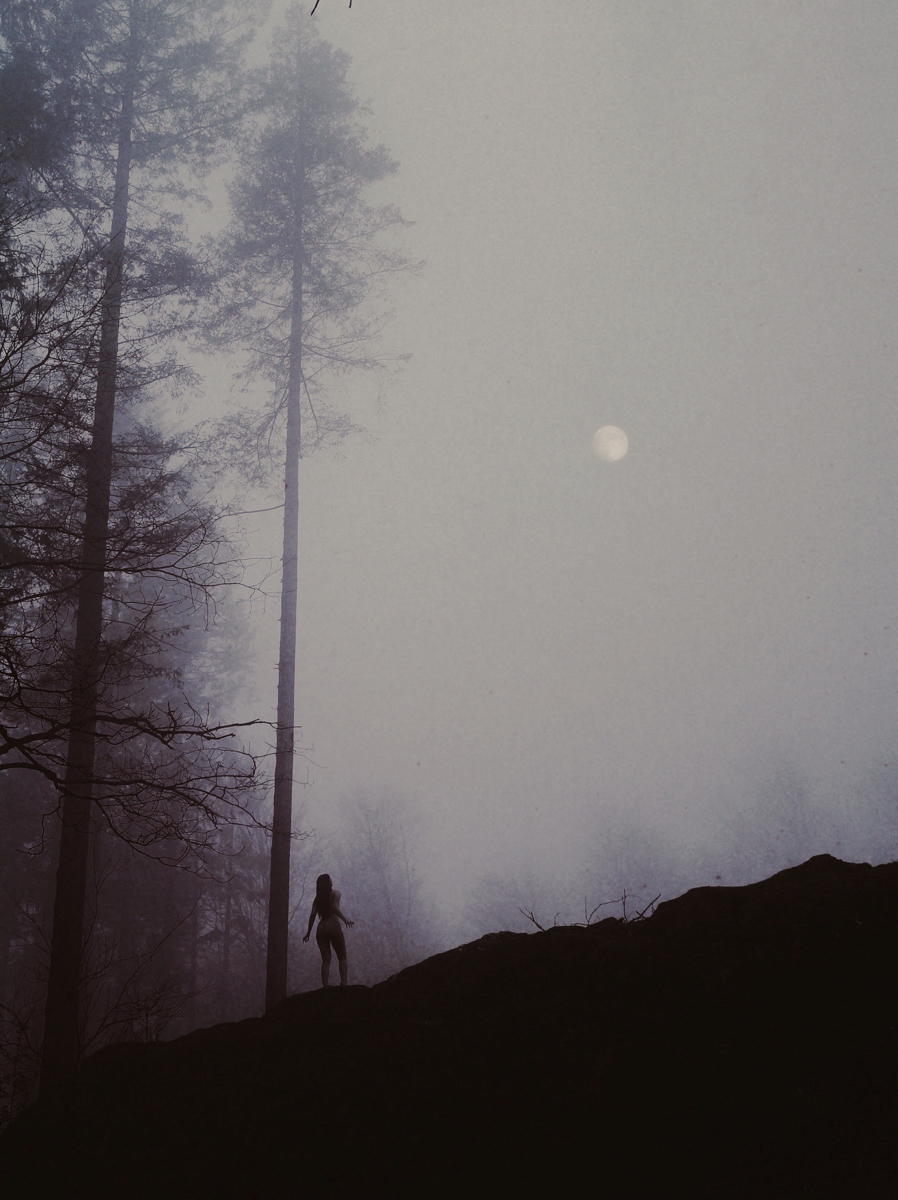In collaboration with Lövendahl, Zakarian created and curated BLACKLANDS:
a group exhibition focusing on the color black.
This interview series continues directing the spotlight at fascinating artists working with the darkest shades.

The Timeless Beauty in Classical Figurative Art : Xenia von Buchwald
27 June 2024
Mythical Creatures and Untamed Unatur : Mariam Zakarian
6 September 2024Artist Interview
Nona Limmen
Unleashing the Dark Feminine through Bewitching Photography
Interview by Mariam Zakarian, July 2024.
Interviewet findes også på dansk.
If you are interested in photographic art of the darker kind and have found yourself frequenting the more obscure parts of the web where contemporary artists share their work, you may have stumbled upon Dutch artist Nona Limmen’s iconic pieces.
Treading across the dreamlike, supernatural and provocative, her photography is effortlessly attractive. Heavily filtered, textured, stylized, the images sometimes resemble stills from an occult film. Footage that looks secret, not for all eyes to see, unearthed in a forgotten place, a different realm, out of time.

Limmen transforms into mythological creatures and personifies traditionally villainous archetypes in a kind of cinematic universe in which the twin recurring motifs seem to be the female form and natural environments.
The artist’s website features several carefully curated bodies of work where classic beauty meets the grotesque, and where delicate, subtle shapes are smothered by grain, heavy with symbols and omens of the sinister.
Traditionally malevolent figures, (those who are almost always depicted as monsters), take center stage. Vampires and demonesses revel in their seductive powers as gigantic trees and gothic architecture are silhouetted against night skies. Witches frolic with their sisters, bearing the torches that once set real women ablaze in the Dark Ages, in an image I interpret as deeply subversive.
There is a heavy undertone of female empowerment of the kind that does not need to scream slogans to make itself understood. These characters seem revolutionary simply by their depiction –or becoming.
Proficient in both analogue and digital formats, Limmen explains how much of her older work was mostly created with medium format film, double exposure 35mm film, and Polaroid -new and expired. Her recent pieces are a mixture of both film and digital, using lens filters and multilayers. The result is always spellbinding.
There is an art to framing the gothic and fantastical so the result does not become unintentionally comical or, worse, trivial. This aesthetic style in visual and literary media is several centuries old, and it is always difficult to make something original while exploring such classical content. Likewise, it takes a very sharp eye as well as a deep sensitivity to how images work together and which associations they produce, to achieve effective storytelling through still photos.
Nona Limmen excels at all of the above. Whatever the context, she seems to always capture the poetry of the darker shades of aesthetics.
Besides realizing her own projects, Limmen also creates stunning commissioned pieces. You may have seen her photography for artists such as Chelsea Wolfe, King Dude, Sinmara, Phoebe Bridges, Kati Rán etc.

In her artist statement Limmen writes about folktales, ghostly stories and about escapism through imaginary adventures. She mentions the “perpetual interaction between light and shadow”, shadow-work and finding beauty in darkness, inviting the viewer to self-analysis, tapping into our own subconscious, our inner world. There is something essential and an emancipatory power in looking unflinchingly at the colors that may repel most people.
It is, however, not uncontroversial, even today, to create this kind of work, particularly if using one’s own likeness in the images.
What might be the reason for this fascination with the shadows?
I asked the artist, and she answered. Read the interview below.
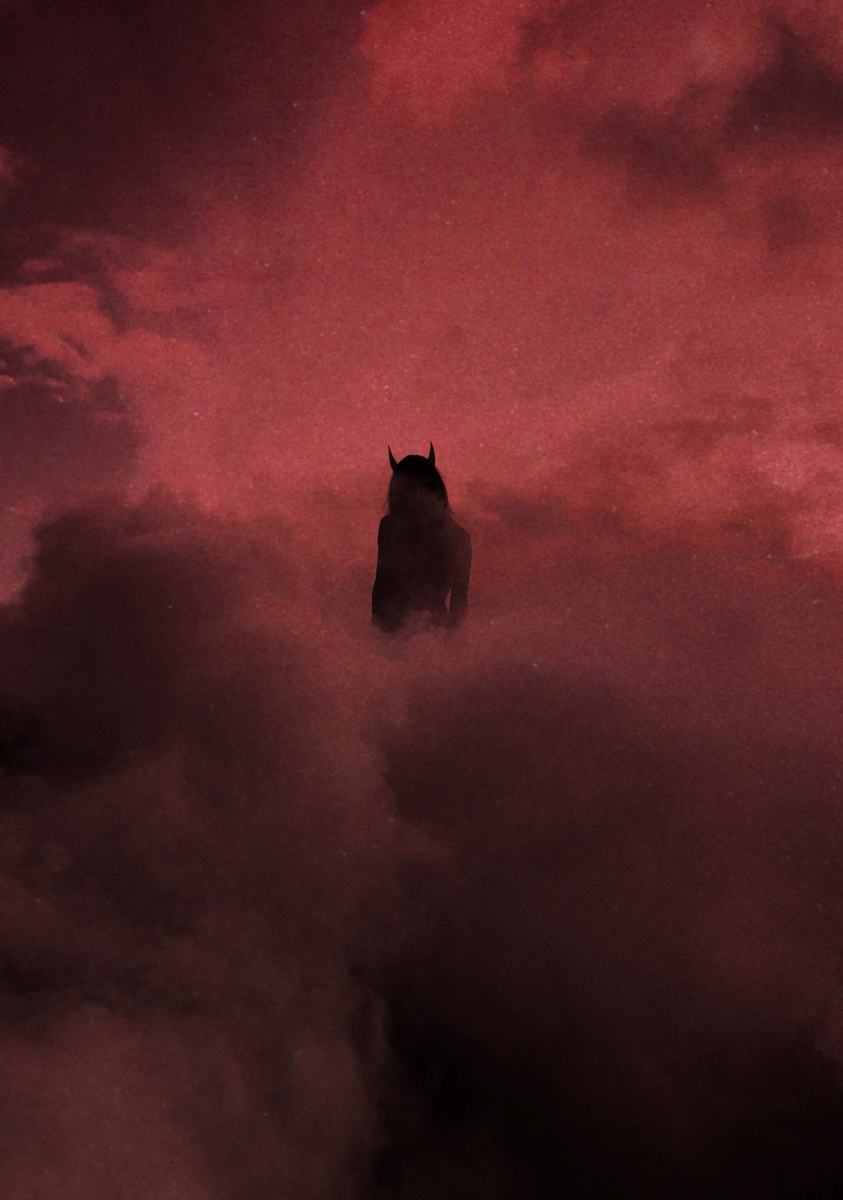


"I like to think of photography as a powerful, ritual practice
where I can preserve a tiny sliver of a moment on a piece of paper forever."
- Nona Limmen
Q: When and why did you start working with experimental photography?
Nona Limmen: I first began taking pictures around the age of 12 or 13, but I had certainly experimented with other mediums prior to this. Making art actually started from a very early age. The majority of my childhood was usually spent in my mom’s art studio together with friends and family. I was also taught that we don’t always need to buy things; we could use our imagination and build it ourselves to realize our ideas. This DIY-mindset has taught me to be more resourceful, creative, and self-reliant, even to this day. Both my parents paved the way for me to express an interest in any form of art, however, it is my mother who fueled the fire to my passion for photography.
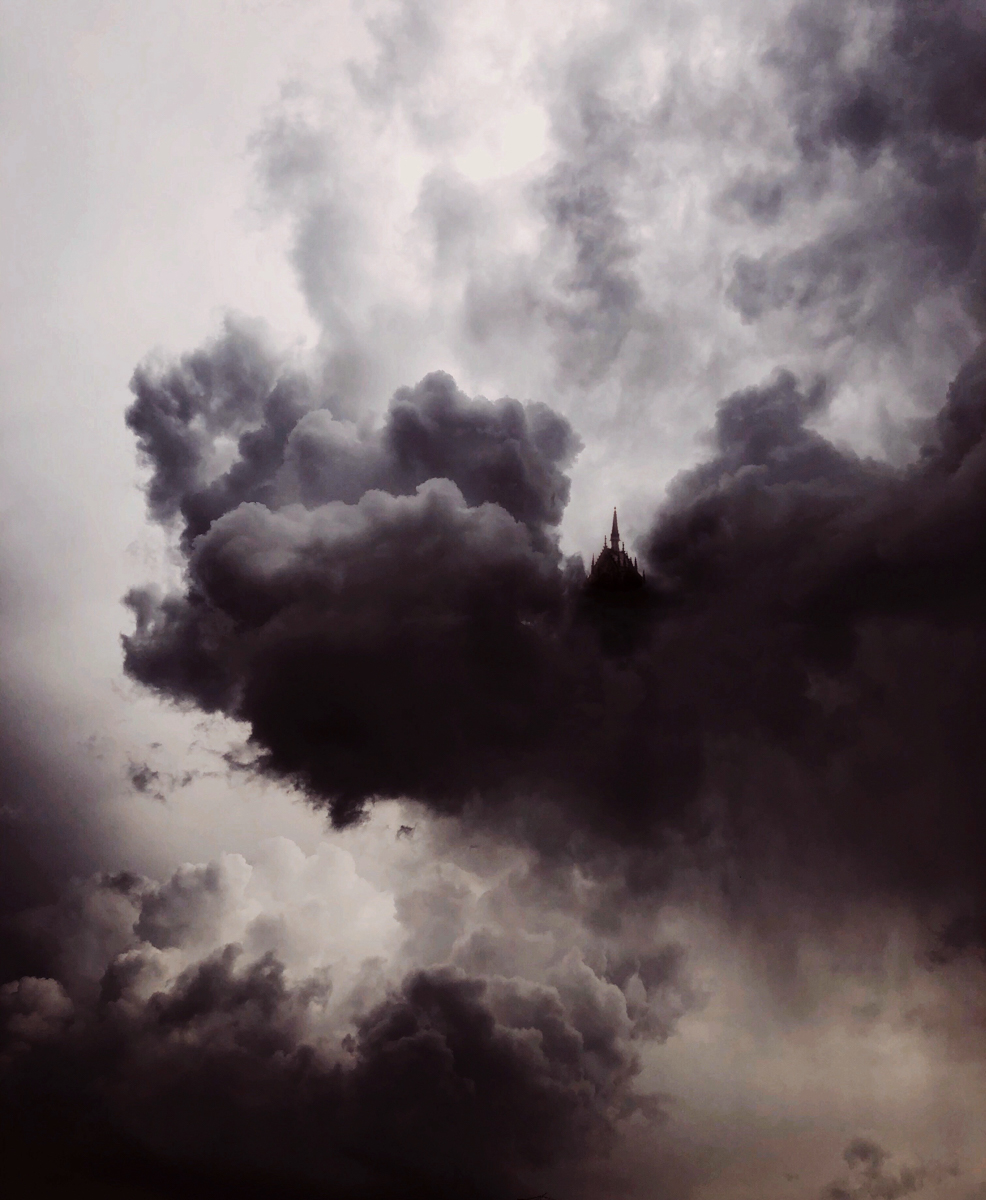
As a kid I was often daydreaming, creating my own worlds, making up fantasy games for myself and friends, and fantasizing about mystical places far away. I think this fascination with the unattainable sort of instilled in me a lifelong sense, or even sensitivity to dark art photography. There’s something special about the sense of mystery and adventure that comes with dark art, especially once you go beyond the surface level. Photography has helped me to be introspective in a very noisy society, to become comfortable with the uncomfortable, and to find solace in the obscure and bizarre things that exist in our outer- and inner world
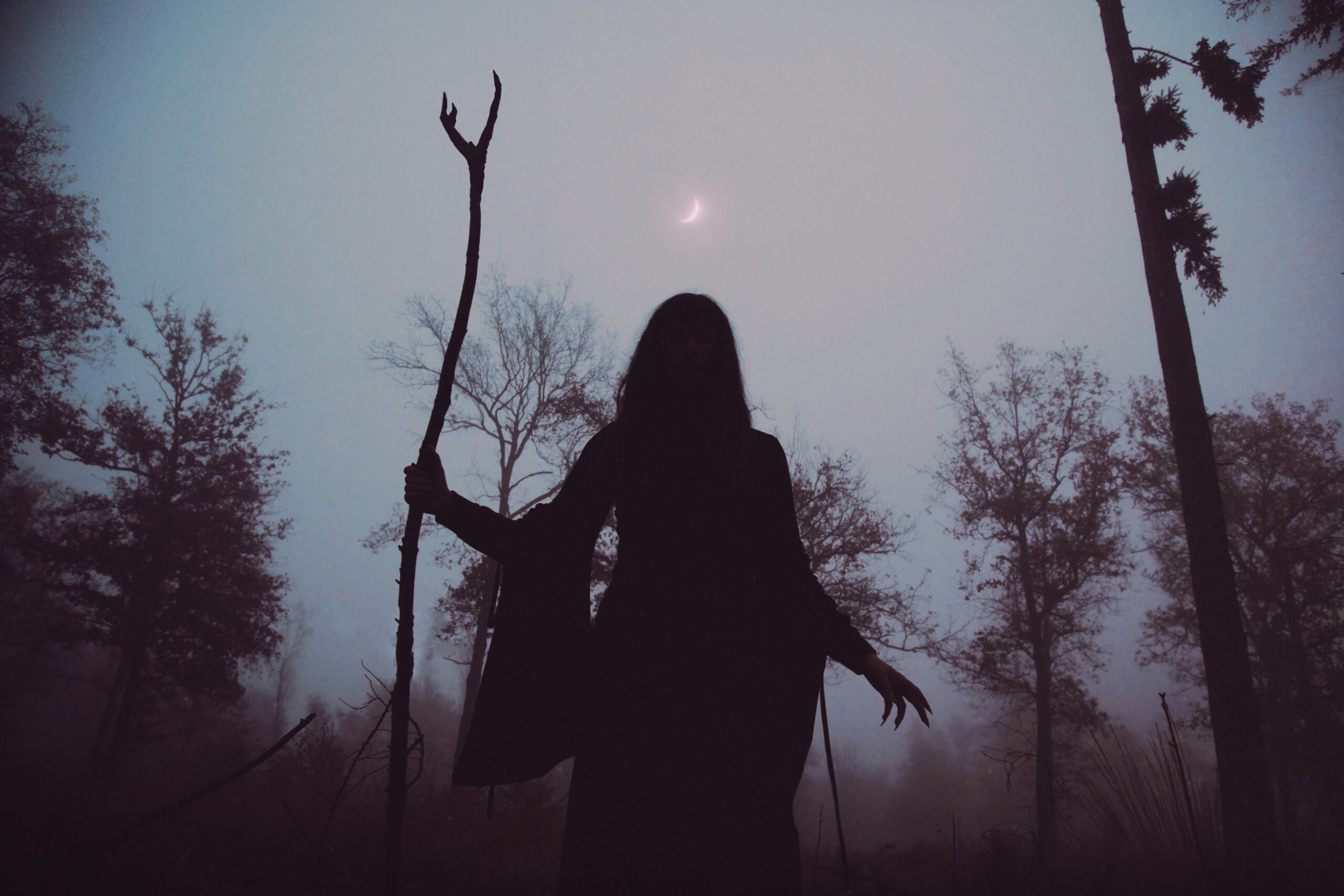
Q: I have read your artist statement in which you mention that immersing yourself in mysterious, imagined worlds is a source of comfort, and that you also encourage viewers to explore “the darker landscapes of their own shadow self.” Do you explore your own shadow self through your art? Are there any recent observations you’d like to share?
The alluring attraction to the darker spectrum of human nature was always a driving force in my life, both professionally and personally. After years of practicing with different forms of creative expression I’ve come to the realization that art is more similar to psychology than meets the eye. Photography has allowed me to scour unexplored parts of myself, ultimately giving my darkest, deepest and most wrenching emotions their own voice. My photos became simple expressions of complex thoughts; a simultaneously healing and cathartic process.
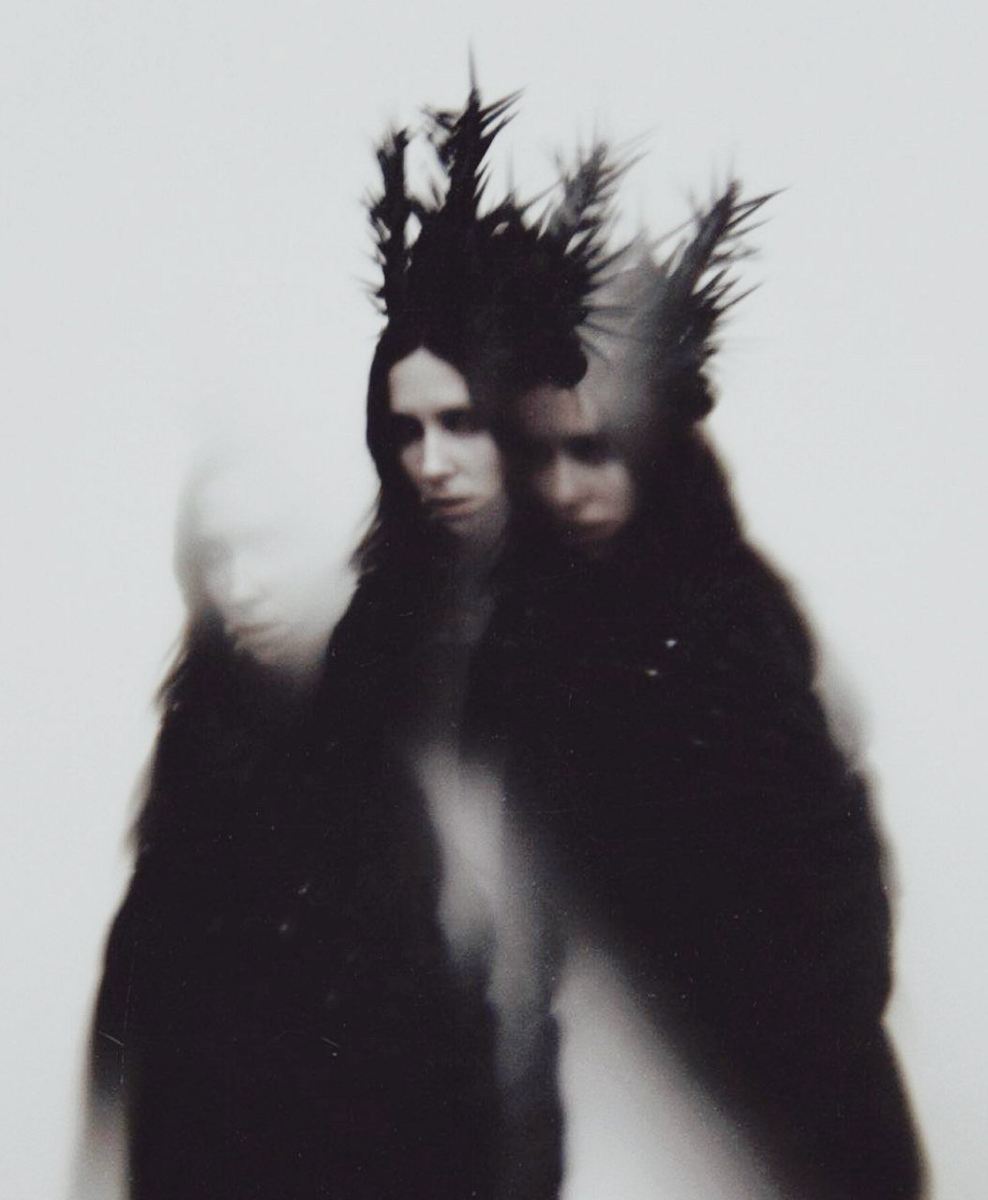
"Creating dark art is most definitely a means of releasing powerful, benevolent energy."
- Nona Limmen
Accepting and channeling my own “darker landscapes” through visual art eventually helped me uncover subconscious limiting beliefs and habits that played a massive role in my self-worth. To a certain extent, I think creating art through the eyes of your shadow gives you access to your truest authentic self, where no ego or self-imposed identity exists. This might sound odd, but I love this feeling. It’s about becoming who you’re afraid to be, in the best possible way. To me personally, that is the biggest act of creative magic. Our shadow holds the essence of who we really are. They hold our most treasured artistic gifts.
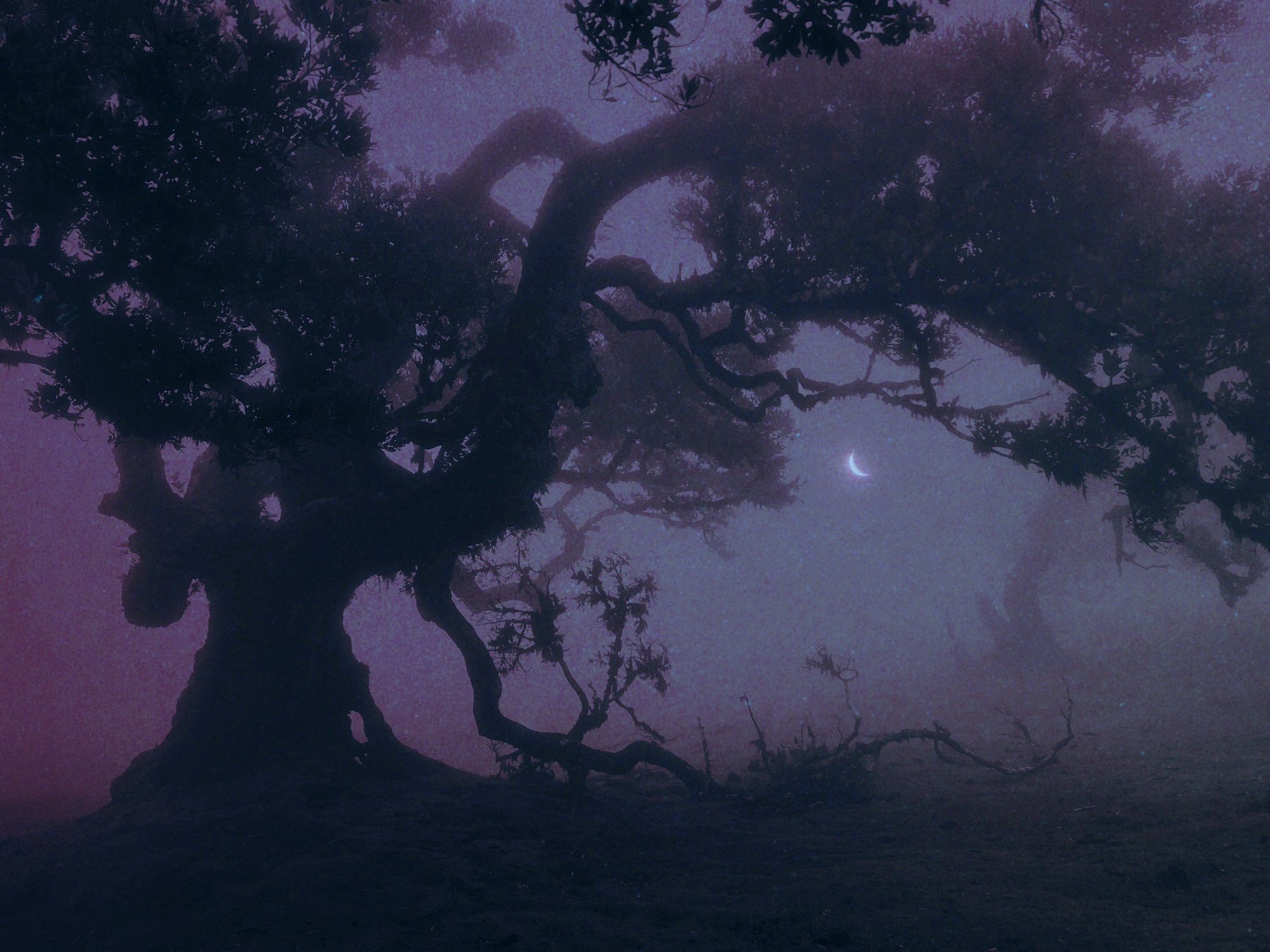
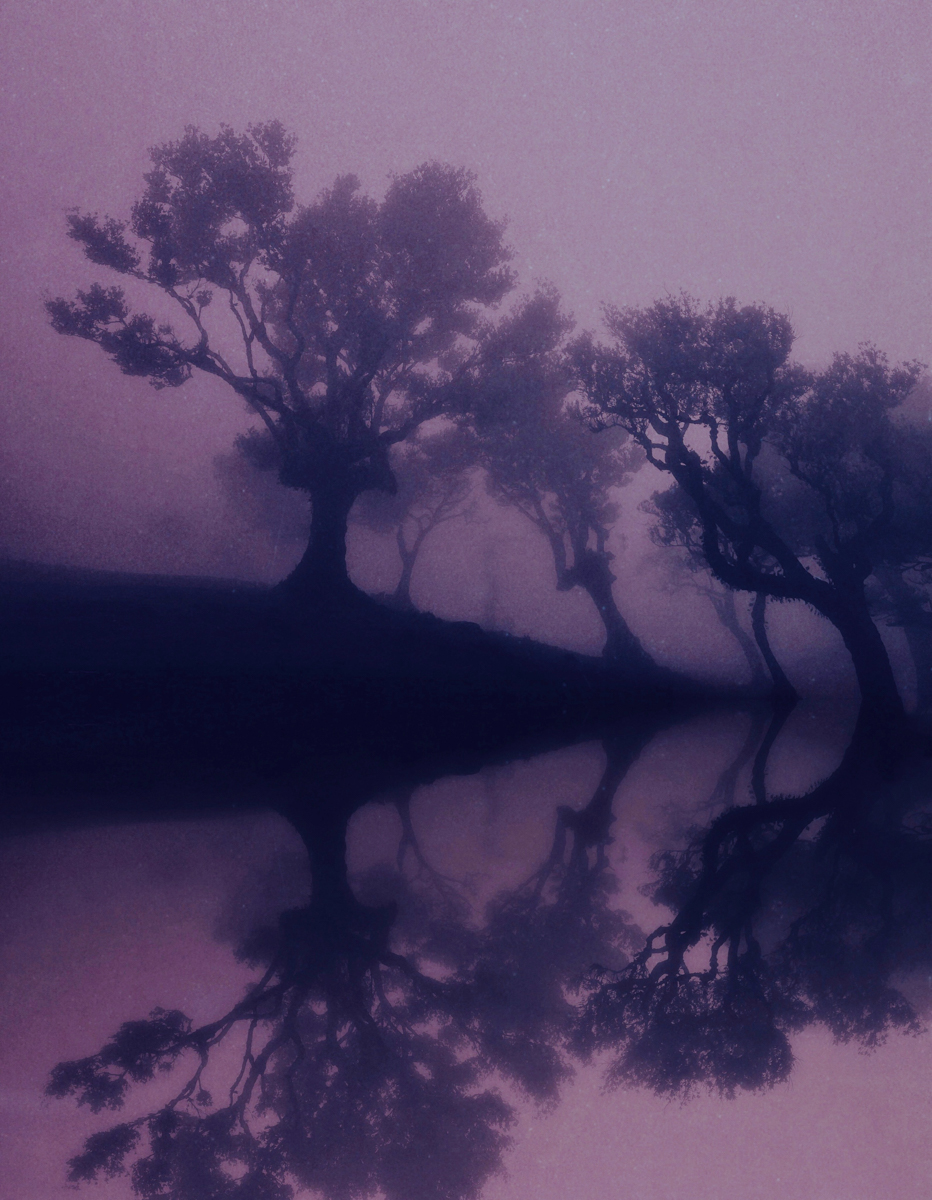
Q: How did your current techniques and style develop and what does your work process look like?
I am wholly self-taught, yet, had zero intention of becoming a professional artist – or even of being an artist at all. For years I named it my out-of-control hobby next to my “real” job as a social worker and psychotherapist. In my teenage years I experimented with a lot of cheap single-use devices and analog cameras together with friends, and in the process I’ve made an awful amount of mistakes and a lot of awkward photographs. Yet, I liked the freedom of doing things the way I envisioned them, without having someone instruct me on what to do.
Regarding my photographic style, I like to be experimental, depicting themes of occultism, escapism, nostalgia, melancholy, and psychology. I work predominantly with natural light, and use a variety of different overlays and lens filters to manipulate my images. My subjects are often slightly blurred, locations obscured and grained. It needs to maintain this sense of mystery and obscureness, so the viewer can fill in the gaps themselves and project their own narrative onto the image.
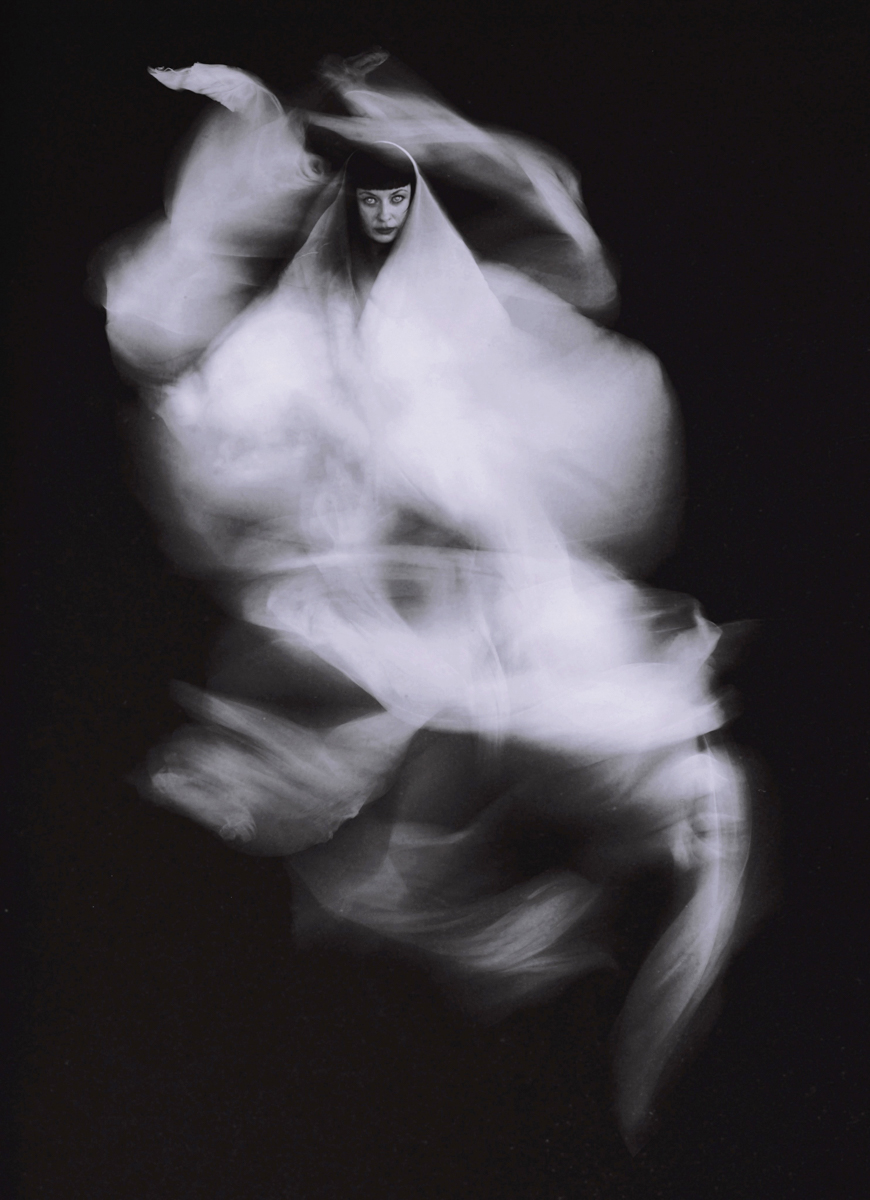
"The unexpected is often where the real magic lies."
- Nona Limmen
Q: Photography can be an unforgiving medium, particularly outdoors, as there are many practical things that can interrupt the mood and the creative process. How much do you plan, and how much do you leave up to chance?
Leaving a project or photoshoot up to chance is honestly a huge part of the magic of photography. Oftentimes I use whatever equipment I have in the studio or in an outside setting, depending on the vibe, theme and model. One strategy that’s also helped has been to give myself the space to create organically, as opposed to scheduling time or forcing something to happen. With this mindset visions and ideas sort of naturally take off and usually turn into something surprisingly rewarding. If every shoot or photograph met my expectation in exactly the right way, there would be no mystery or happenstance. The unexpected is often where the real magic lies.


Q: I’m curious if there is a ritualistic aspect to your working process?
I like to think of photography as a powerful, ritual practice where I can preserve a tiny sliver of a moment on a piece of paper forever. It’s about bringing something to life that wasn’t there before -almost like a form of sorcery. For example, I love the alchemical process of analog photography, where I’m able to capture an ever-shifting reality and then see it unravel before my eyes in the dim of the darkroom. It is a speck in time forever captured, like a little tangible portal, that will always bring me back to that specific moment.
Q: Do you create in silence or listen to something?
I thoroughly enjoy listening to all kinds of music when creating, varying between black metal, ambient and classical music, dungeon synth, dreamy shoegaze, and 80s/90s goth & metal radio.
My current top 5 is:
- Darkthrone – A Blaze in the Northern Sky
- Boards of Canada – Tomorrow’s Harvest
- Bathory – The Return of Darkness and Evil
- This Mortal Coil – Dust and Guitars
- Boy Harsher – Lesser Man

"The Succubi, Witches and Vampires in my photos all represent the [unapologetic] dark feminine,[...] the unseen, repressed aspects of myself and the female experience."
- Nona Limmen
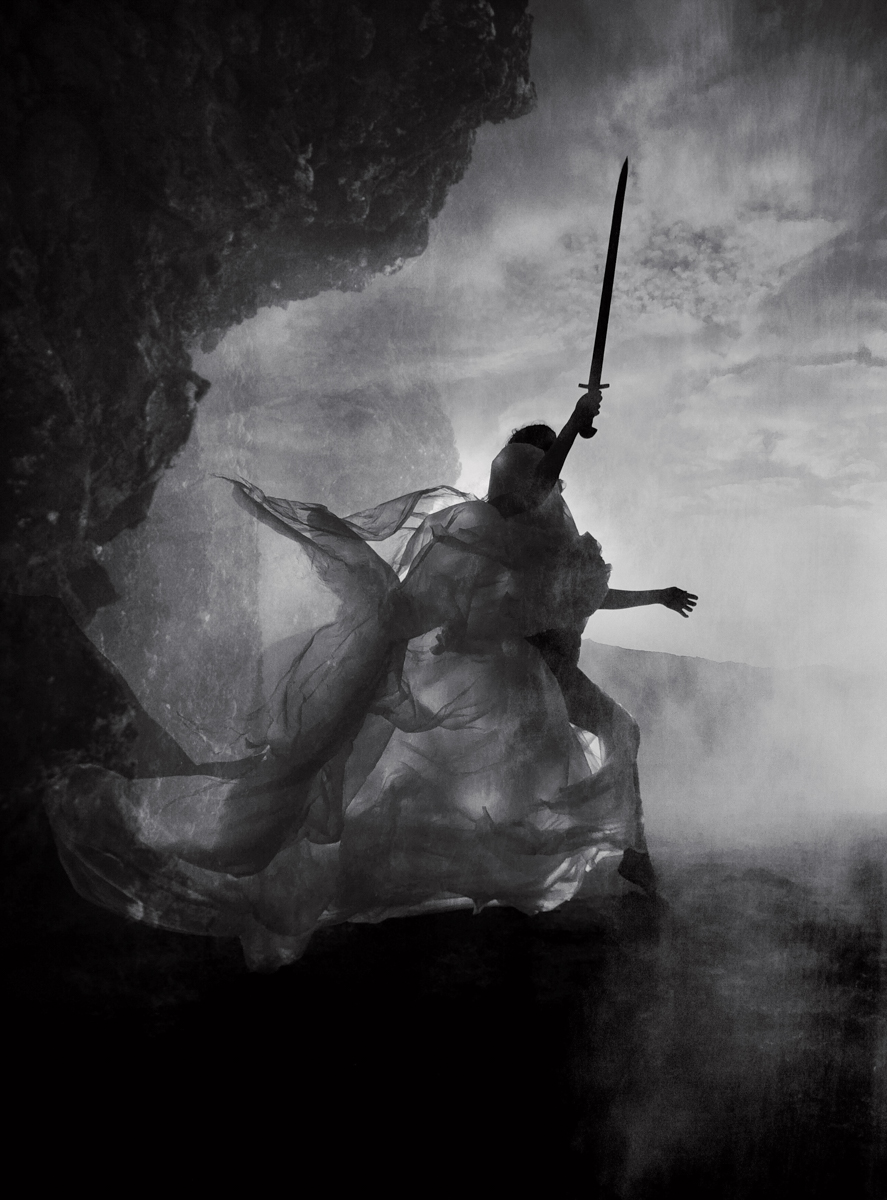
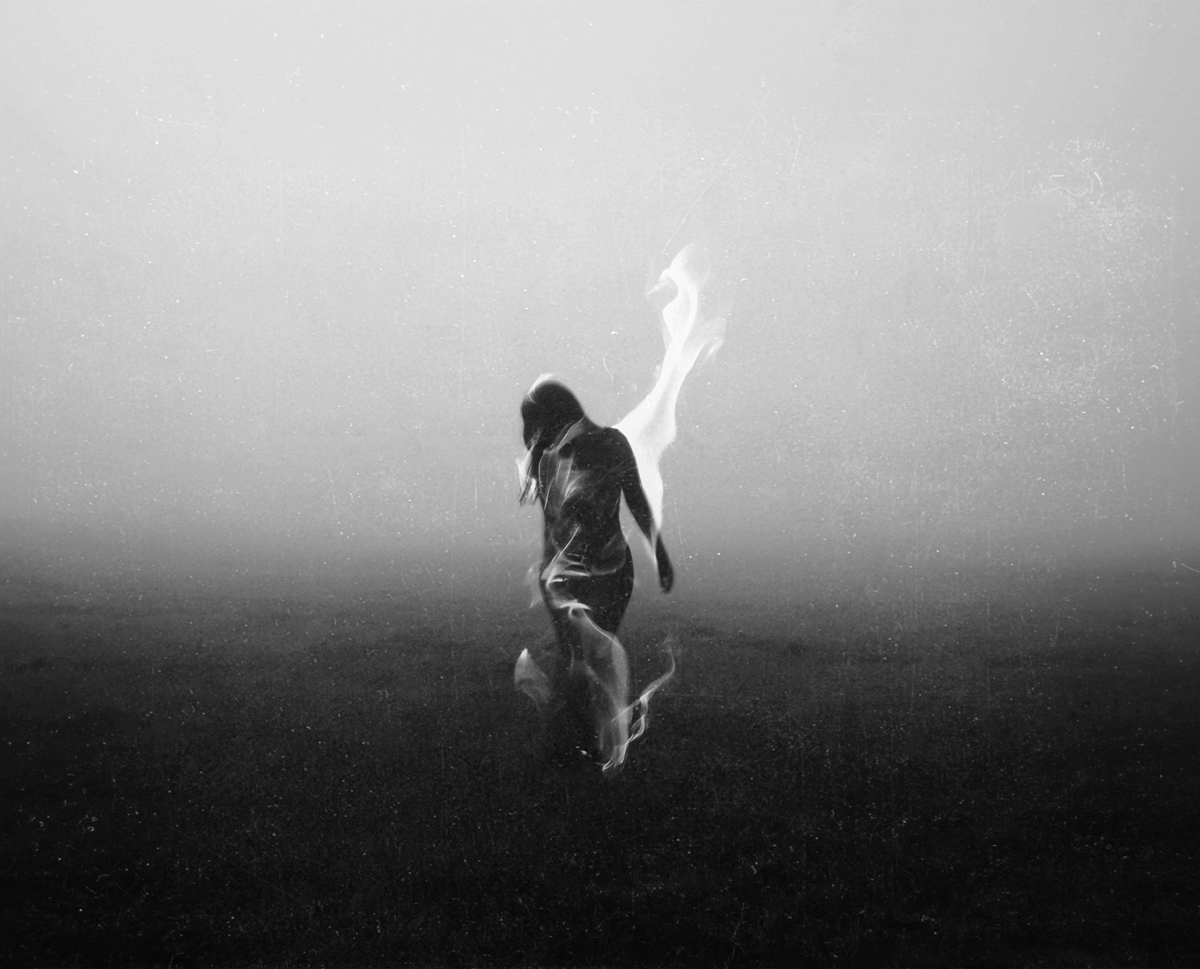

Q: Female archetypes (succubi, witches, vampires) seem to be a recurring topic in your art. What draws you to these and what made you curious about them in the first place?
Some say all characters in art are autobiographical fragments of the creator, and I really think there’s truth to that. To me, the Succubi, Witches and Vampires in my photos all represent the dark feminine. They are creatures of duality, both good and evil, both day and night. Shunned, exiled, misunderstood. I see them as personal examples of unapologetic dark feminine strength who don’t fit in with the social norms of society. Their goals aren’t blending in with the masses. They value their unique strangeness and don’t shy away from living their own truth. They are wild, feral, seductive, powerful, and bow before only themselves.
Using these powerful archetypes in my work was my way of giving them their voice back, and indirectly, my own as well. They represent the unseen, repressed aspects of myself and the female experience. Therefore, each character has its own significance and sentimental value to me. I suppose I was just bored and exhausted by the idealistic, sweet and polished looks expected of women. After all, why be a damsel in distress when you can be an untamed, sensual, bloodsucking witch?

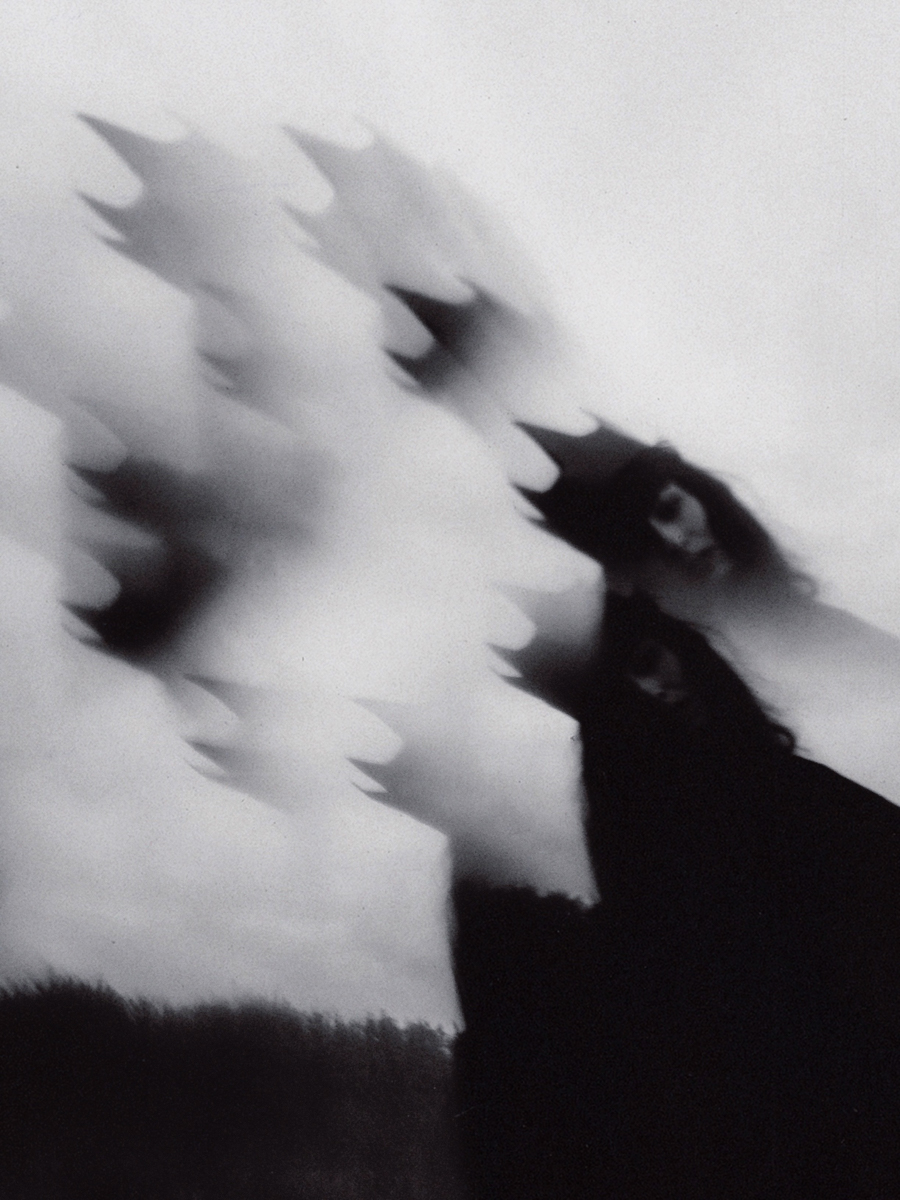
Q: The darkness you write about seems to actually be a benign, perhaps even romantic force, a source of power and emancipation almost. Is this a correct interpretation? Or are there also moments in your art that have been painful and distressing for you to externalize and share?
Creating dark art is most definitely a means of releasing powerful, benevolent energy.
Ironically, shedding light on the darker side of life became my therapy tool in a world that needs therapy. I believe that a certain dose of the odd and bizarre helps us cope in these absurd times — a healthy amount of escapism included. Creating dark art and delighting in everything mystical, unsettling, and strange offered me an escape from the mundane real world. My wish is for others to experience the same when they look at my work. Telling stories of dark fantasy, inner power and the collective unconscious through photography is what matters most to me. I think, subconsciously, we all have a connection to these themes. There’s something alluring about our inner worlds and reveling in escapism. It’s probably why these themes work in a certain way.

Q: Why do you choose to use the color black in your work?
I’ve always been naturally drawn to the color black. My goth heart finds a certain familiarity and comfort in it. It’s a very dichotomous and expressive color, one that everyone responds strongly to, be it positive or negative. From an artist’s point of view, I think black gives more depth and definition to my work -or any piece of art. I’m obsessed with art that has a dark, contrasty look, with thick, dense shadows. It adds melancholy, intrigue, drama, mystery and -above all- soul to a piece.
Q: Do you have a dream project that you would undertake if you had unlimited time and resources?
I’m working on it right now! There are plenty of exciting and deeply personal projects ahead of me that I cannot wait to announce when the time is right.
Find more of Nona Limmen‘s work on her Website and Webshop.
Check out last month’s artist interview with Xenia von Buchwald about the importance of preserving the old techniques,
which made classical, figurative art possible.
And for more explorations of the dark feminine, read the interview with artist Monica Hee Eun
